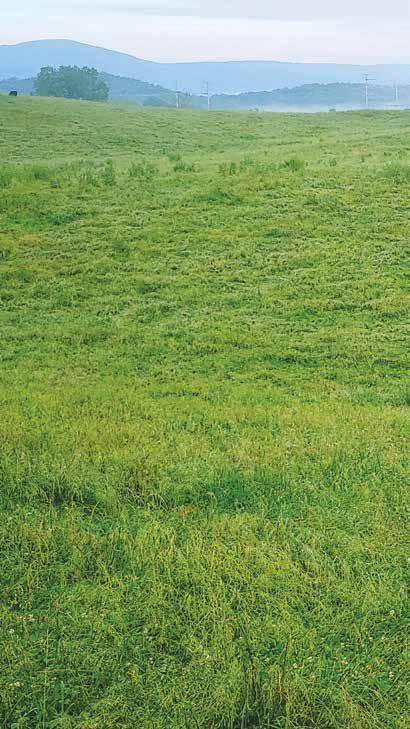Managing Bird Habitat in Southeastern Working Forests
I
n the Southeast, forests shelter rich biodiversity, including more than 80 breeding bird species, ranging from Swallow-tailed Kites to Hooded Warblers. They also provide the source for goods we rely upon every day, including cardboard boxes, lumber, paper towels, toilet paper, and packing and printer paper. Forestry has always been an integral part of the Southeast’s economy. Today, some 90 percent — approximately 134 million acres — of the region’s forested land is owned by private individuals and families, many of whom strive to meet certification needs set by large companies to which they provide lumber. With thoughtful management decisions focused on sustainability, these forests can provide the best of both worlds — landscape-scale stretches of commercially productive land and habitats that protect birds, other wildlife, and water quality. “Many people in the forest industry want what we want,” says EJ Williams, ABC’s Vice President of Migratory Birds and Habitats. “They want both
economic and ecological viability into perpetuity.” Williams, who lives in South Carolina, works on the ground with regional Sustainable Forestry Initiative (SFI) partners. “Companies and their customers want to know their products come from well-managed forests, and birds can tell you a lot about the sustainability of forests,” she says. One important partner is International Paper, a leading producer of renewable, fiber-based packaging, pulp, and paper. Through its large and diverse supply chain, the company works with private forest landowners ranging from large forest management investment companies to small family forest owners. ABC works with International Paper to develop bird-focused management recommendations for private forest landowners, including special practices landowners can employ to ensure habitat is maintained for at-risk species. The artwork on the following pages illustrates some ways that sustainable timber management can benefit a range of the region’s iconic bird species.
BIR D C O NS ER VATIO N | WINTER 2020-21
19





